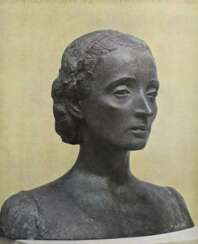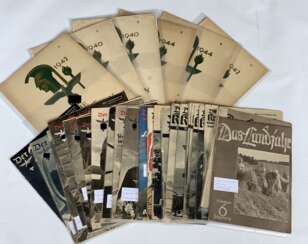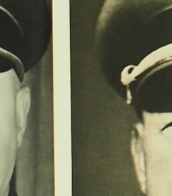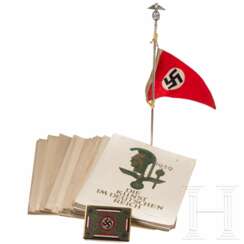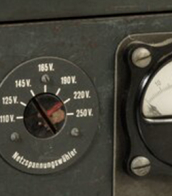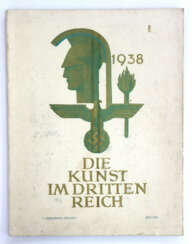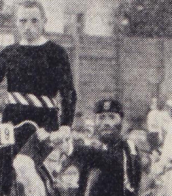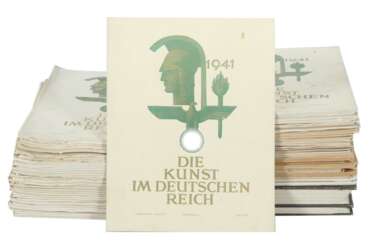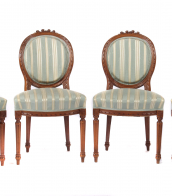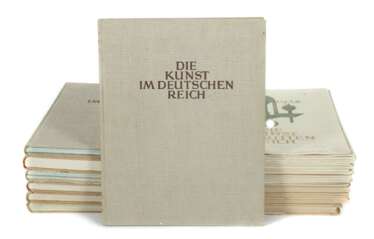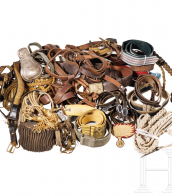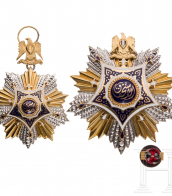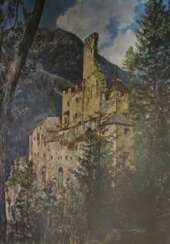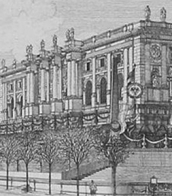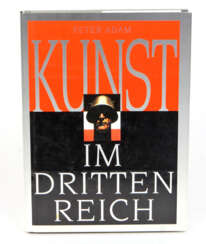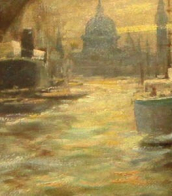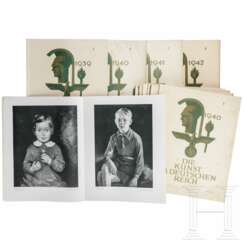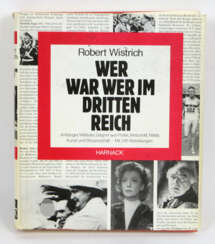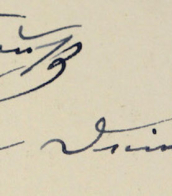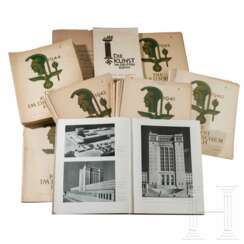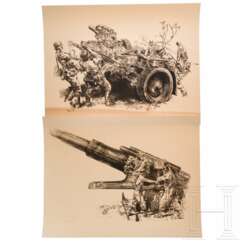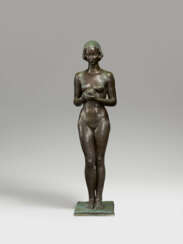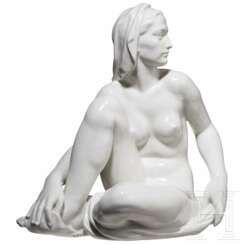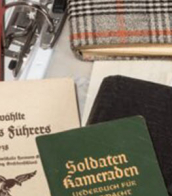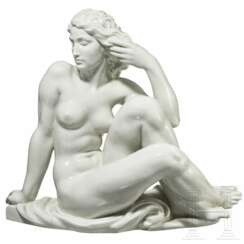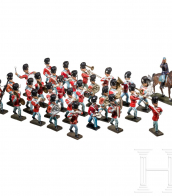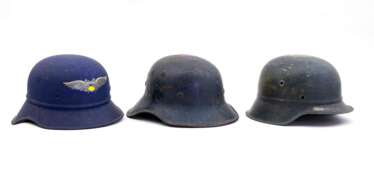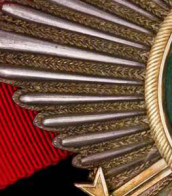624 Items by auctions and galleries:
kunst im dritten reich
Lot 12160 "Die Kunst im Dritten Reich", über 65 Ausgaben und Sonderhefte, Erscheinungsjahre 1937 - 1944
O82r - Day 1: German contemporary history - orders and militaria from 1919 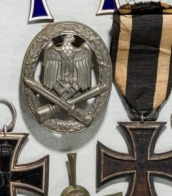

Hermann Historica
O82r - Day 1: German contemporary history - orders and militaria from 1919
Date: 26.06.2020 10:00 UTC +01:00
Number of lots in the catalog: 669
Lot 11158 Josef Arens - sechs Steindrucke (Lithografien) Wehrmacht im besetzten Frankreich 1940
German contemporary history - medals and militaria from 1919 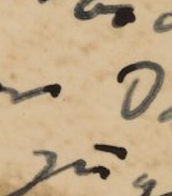

Hermann Historica
German contemporary history - medals and militaria from 1919
Date: 11.12.2020 12:00 UTC +01:00
Number of lots in the catalog: 672
Lot 29 Eva
Fritz Klimsch (1870 - 1960) .jpg) Modern, Post War & Contemporary
Modern, Post War & Contemporary 
.jpg)
Fritz Klimsch
10.02.1870 - 30.03.1960
Germany
Fritz Klimsch was a German sculptor of the first half of the twentieth century. He is known as a brilliant representative of Art Nouveau and Classicism. Klimsch was one of the founders of the association of Berlin artists and sculptors "Berlin Secession".
Fritz Klimsch is best known for his sculptural works depicting nudes of women. Among his masterpieces are also monumental and grave monuments.
Fritz Klimsch was the most famous, but by no means the only representative of the family dynasty of German artists. His close relatives, in particular his grandfather Ferdinand Karl Klimsch, his father Eugen Klimsch, and his brothers Karl Klimsch and Paul Klimsch, also made significant contributions to the development of European art.

VAN HAM Kunstauktionen GmbH
Modern, Post War & Contemporary
Date: 01.12.2021 10:00 UTC +01:00
Number of lots in the catalog: 382





